Andrey Kurpatov
Cognitive Architecture for Decision-Making Based on Brain Principles Programming (in Russian)
Feb 18, 2023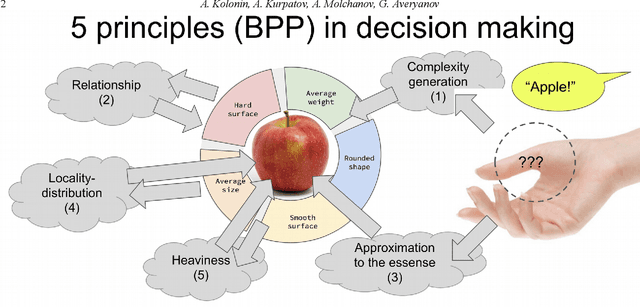
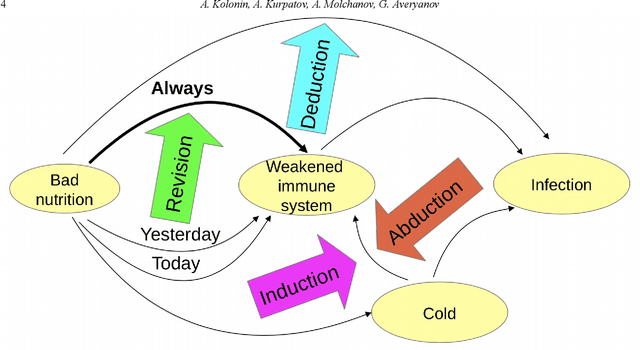
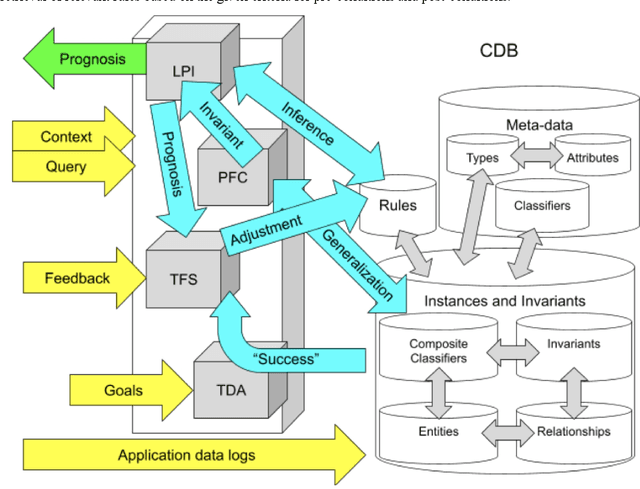
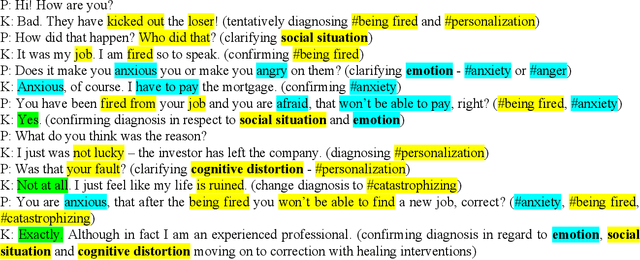
Abstract:We describe a cognitive architecture intended to solve a wide range of problems based on the five identified principles of brain activity, with their implementation in three subsystems: logical-probabilistic inference, probabilistic formal concepts, and functional systems theory. Building an architecture involves the implementation of a task-driven approach that allows defining the target functions of applied applications as tasks formulated in terms of the operating environment corresponding to the task, expressed in the applied ontology. We provide a basic ontology for a number of practical applications as well as for the subject domain ontologies based upon it, describe the proposed architecture, and give possible examples of the execution of these applications in this architecture.
* 13 pages, 5 figures, Russian language, original English version of the paper is presented on BICA-2023 - 2023 Annual International Conference on Brain-Inspired Cognitive Architectures for Artificial Intelligence, the 14th Annual Meeting of the BICA Society
Cognitive Architecture for Decision-Making Based on Brain Principles Programming
Apr 17, 2022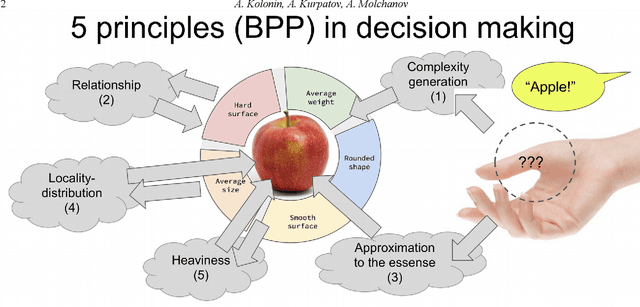
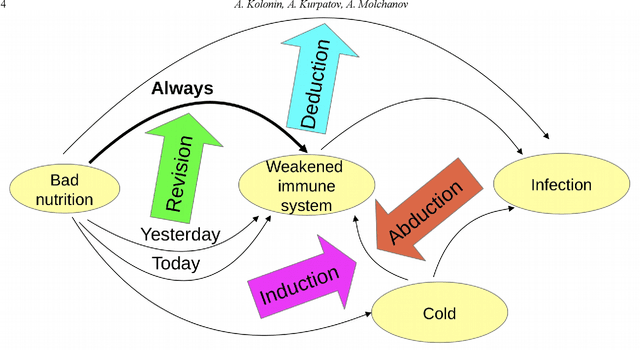
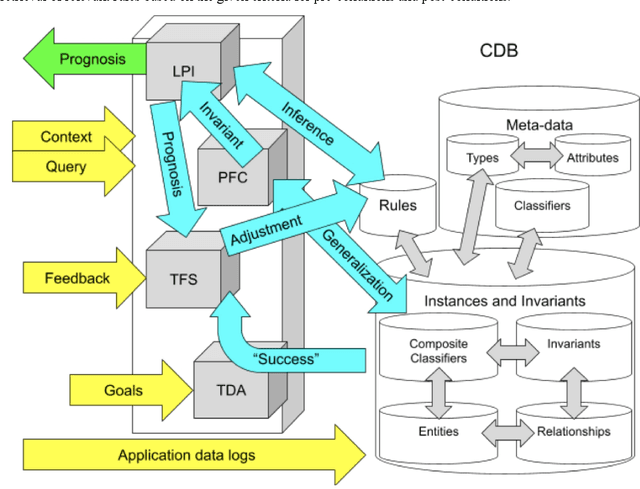
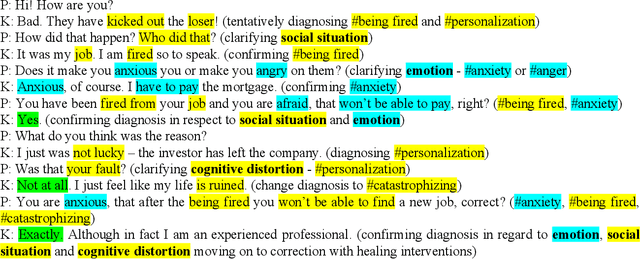
Abstract:We describe a cognitive architecture intended to solve a wide range of problems based on the five identified principles of brain activity, with their implementation in three subsystems: logical-probabilistic inference, probabilistic formal concepts, and functional systems theory. Building an architecture involves the implementation of a task-driven approach that allows defining the target functions of applied applications as tasks formulated in terms of the operating environment corresponding to the task, expressed in the applied ontology. We provide a basic ontology for a number of practical applications as well as for the subject domain ontologies based upon it, describe the proposed architecture, and give possible examples of the execution of these applications in this architecture.
Brain Principles Programming
Mar 14, 2022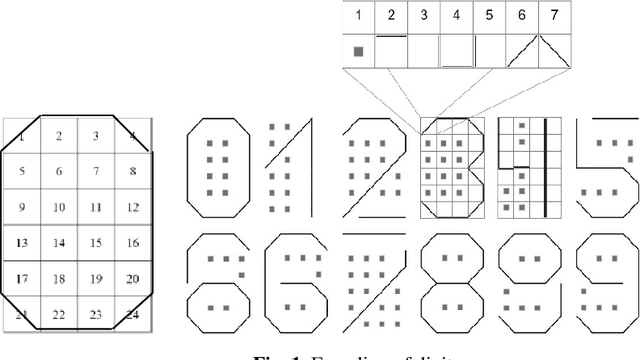
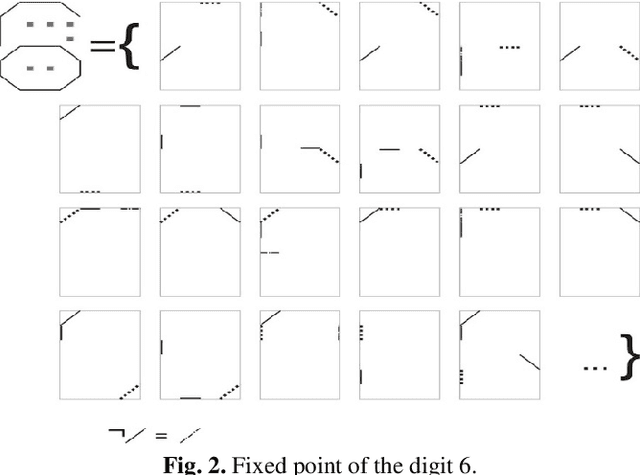
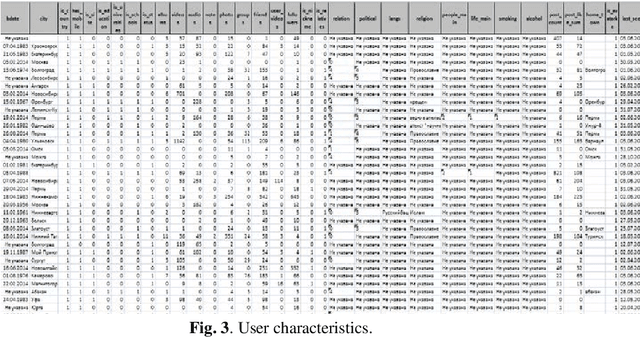
Abstract:In the monograph, STRONG ARTIFICIAL INTELLIGENCE. On the Approaches to Superintelligence, published by Sberbank, provides a cross-disciplinary review of general artificial intelligence. As an anthropomorphic direction of research, it considers Brain Principles Programming, BPP) the formalization of universal mechanisms (principles) of the brain's work with information, which are implemented at all levels of the organization of nervous tissue. This monograph provides a formalization of these principles in terms of the category theory. However, this formalization is not enough to develop algorithms for working with information. In this paper, for the description and modeling of Brain Principles Programming, it is proposed to apply mathematical models and algorithms developed by us earlier that model cognitive functions, which are based on well-known physiological, psychological and other natural science theories. The paper uses mathematical models and algorithms of the following theories: P.K.Anokhin's Theory of Functional Brain Systems, Eleonor Rosh's prototypical categorization theory, Bob Rehter's theory of causal models and natural classification. As a result, the formalization of the BPP is obtained and computer examples are given that demonstrate the algorithm's operation.
 Add to Chrome
Add to Chrome Add to Firefox
Add to Firefox Add to Edge
Add to Edge